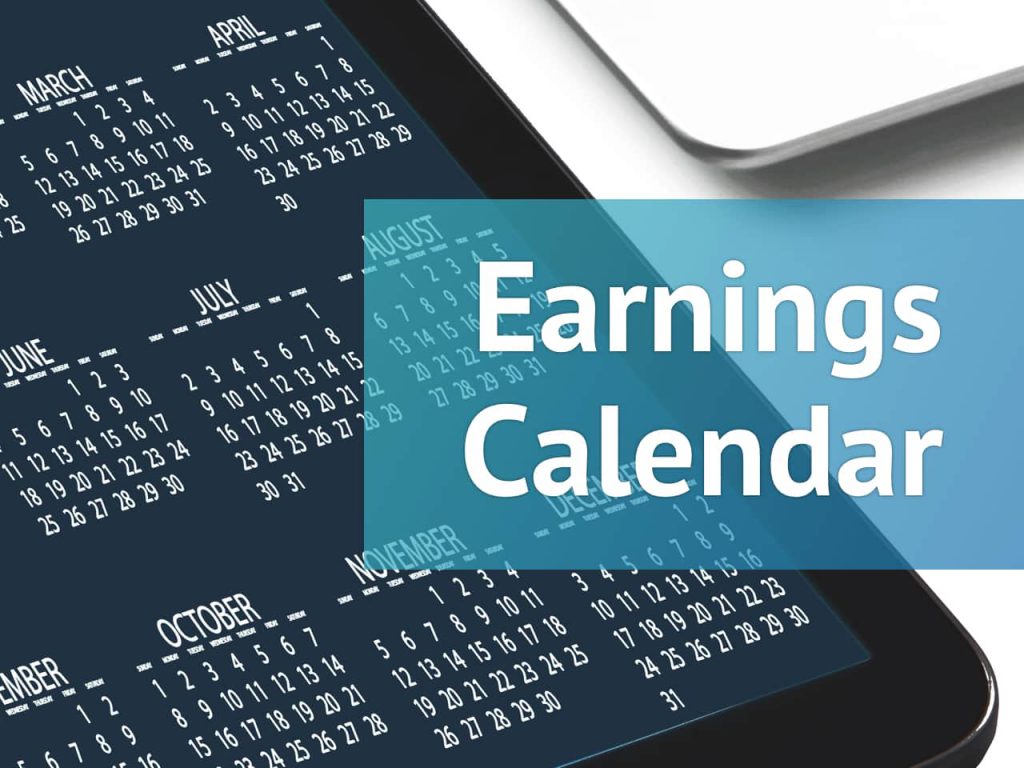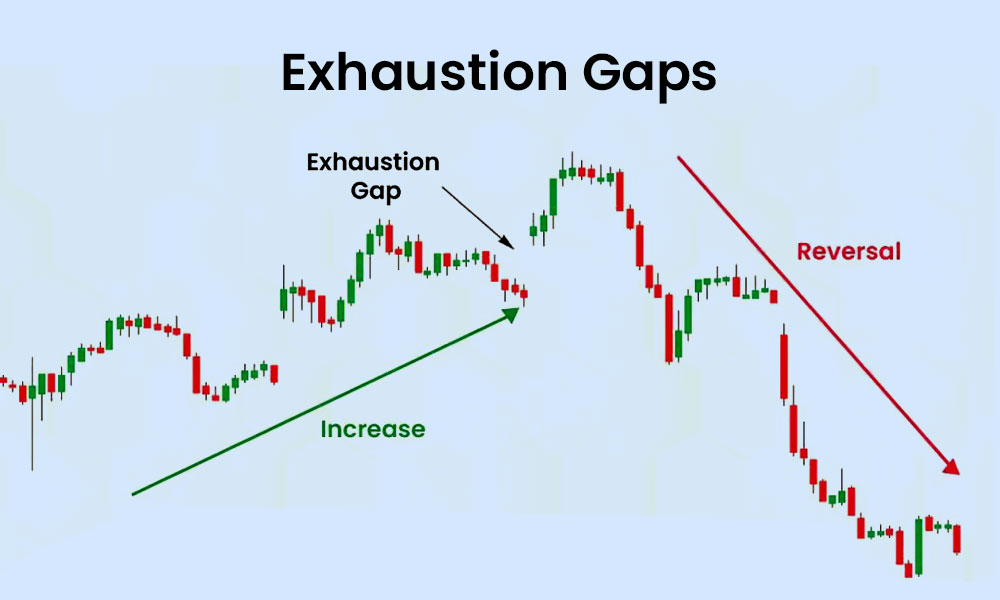
Understanding the Earnings Calendar for Companies Listed on U.S. Stock Markets
The earnings calendar is an essential tool for investors, analysts, and traders, offering key dates when publicly traded companies report their quarterly financial results. These earnings reports provide a snapshot of a company’s financial health, including key metrics like revenue, earnings per share (EPS), and forward guidance, which can significantly influence stock prices. By knowing and understanding when earnings announcements are scheduled, investors can make more informed decisions about their investments.
In this article, we’ll explore the earnings calendar in detail, explaining why it matters, how to track earnings dates, and the various ways that earnings dates can provide valuable insights into a company’s potential for growth, risk, and short-term price movements.
What is the Earnings Calendar?
The earnings calendar is a list of scheduled dates when companies listed on the U.S. stock exchanges (like the New York Stock Exchange (NYSE) and NASDAQ) announce their quarterly financial results. These earnings reports typically include:
- Revenue: Total sales for the period.
- Earnings per Share (EPS): Net income divided by the number of outstanding shares.
- Forward Guidance: Projections or forecasts about the company’s future earnings.
- Other Key Metrics: This may include operating income, gross margin, free cash flow, and other specific financial figures.
The earnings calendar is divided into four quarters each year:
- Q1: January 1 – March 31 (reported in April)
- Q2: April 1 – June 30 (reported in July)
- Q3: July 1 – September 30 (reported in October)
- Q4: October 1 – December 31 (reported in January of the next year)
Most companies report their earnings within a few weeks of the end of each quarter. Earnings dates are often announced well in advance, allowing investors to track when these reports will occur and plan their trades accordingly.
Why Knowing the Earnings Date is Valuable
Understanding and tracking earnings dates is crucial for several reasons. Here are some of the primary ways earnings dates can influence your investment strategy:
1. Earnings as a Catalyst for Stock Price Movements
One of the most significant reasons why knowing a company’s earnings date is valuable is because earnings reports can act as a catalyst for stock price movements. When a company announces its earnings, investors and analysts closely examine the results and compare them to market expectations. These expectations are based on analyst estimates, past performance, and industry trends.
- Positive Earnings Surprises: If a company reports earnings that exceed expectations (known as an “earnings beat”), the stock price typically rises. Investors often see strong earnings reports as a sign of a company’s continued growth and profitability, which can attract buying interest.
- Negative Earnings Surprises: Conversely, if a company’s earnings fall short of expectations (an “earnings miss”), the stock price usually drops. This can signal to investors that the company is facing challenges or that its future outlook is weaker than previously thought.
- Guidance and Forward-Looking Statements: Earnings reports not only reveal past performance but also include forward guidance. Companies often provide projections about future growth, which can lead to price volatility if the outlook is either optimistic or pessimistic. If a company’s future projections differ from analysts’ expectations, this can spark significant stock price movements.
2. Volatility Around Earnings Reports
Earnings season is typically associated with increased market volatility. Many stocks experience significant price movements in the days leading up to and immediately following earnings announcements. This volatility can present both opportunities and risks for investors:
- For Traders: Traders who specialize in short-term price movements often use earnings announcements as a catalyst for volatility, which can create trading opportunities. Options traders, in particular, may use strategies like straddles or strangles to profit from large price moves, whether up or down, following an earnings release.
- For Investors: Long-term investors may use earnings reports to assess a company’s underlying health and future prospects. While short-term volatility is common, long-term investors typically focus on whether a company is meeting its growth objectives and generating solid earnings over time.
3. Timing Your Investments
Knowing the earnings date allows investors to plan their trades or investment decisions around these important events. Here are some ways you can time your investments based on earnings announcements:
- Before Earnings: Some investors look to buy stocks in anticipation of a strong earnings report, betting that the company will outperform expectations and cause a stock price surge. However, this carries risks, as there is no guarantee that the company will meet or exceed expectations.
- After Earnings: Other investors prefer to wait until after the earnings report is released to assess the company’s performance and the market’s reaction. This approach allows investors to avoid the uncertainty and potential volatility that may arise in the lead-up to the announcement.
- Using Earnings to Reassess Investments: Earnings reports also allow investors to reassess the potential of a company’s stock. If a company meets or exceeds expectations, it may confirm your decision to hold or buy more of the stock. On the other hand, if the earnings report is disappointing, it could signal a potential sell-off or re-evaluation of your position.
4. Understanding Seasonal Trends
Many companies experience seasonal fluctuations in their business, which can impact earnings performance. By knowing the earnings date and reviewing past reports, you can gain insight into a company’s typical seasonal performance. For example:
- Retail Companies: Many retailers see stronger earnings in the fourth quarter due to holiday shopping. Tracking earnings dates for these companies helps investors anticipate seasonal trends.
- Tech Companies: Technology companies may have strong or weak earnings depending on product launch cycles or annual sales patterns, such as the release of new smartphones or software.
Investors who understand these trends can better forecast a company’s earnings performance and make more informed investment decisions.
5. Impact on Broader Market Sentiment
Earnings reports not only affect individual stocks but can also impact broader market sentiment. For example:
- Sector-Specific Trends: Strong earnings reports from a group of companies within the same industry (e.g., tech, healthcare, consumer goods) can influence investor sentiment about that sector. A solid earnings season for tech companies could lead to broader optimism about the tech sector as a whole, boosting stock prices in related companies.
- Market-wide Impact: Major companies like Apple, Amazon, Google, and Microsoft have such a significant impact on the market that their earnings results can influence the broader stock market. If these large-cap companies report strong earnings, it can lead to a rally in the market, while disappointing results could cause a pullback.
6. Earnings Calendar as a Tool for Analysts
Earnings calendars are also valuable to financial analysts and professionals who track company performance. By reviewing the earnings reports of multiple companies, analysts can develop more accurate financial models, improve earnings estimates, and refine market projections. These reports offer vital data that can be used for fundamental analysis, which is the backbone of many investors’ long-term strategies.
The Economic Calendar and Its Connection to Earnings Reports
In addition to tracking earnings reports, investors should also keep an eye on the economic calendar. This calendar includes scheduled events such as GDP releases, interest rate decisions, employment reports, and inflation data that can significantly influence market sentiment. Economic data has the power to affect how earnings reports are perceived—positive earnings might be seen as a sign of strength if accompanied by favorable economic conditions, while poor earnings can be exacerbated by negative economic news. By tracking both the earnings and economic calendars, investors can gain a holistic understanding of market conditions, allowing for more informed decision-making.
How to Track Earnings Dates
Tracking earnings dates is relatively straightforward. Several resources provide earnings calendars for investors, including:
- Earnings Websites: Websites like Yahoo Finance, MarketWatch, and Nasdaq provide earnings calendars that list the scheduled earnings announcement dates for companies across different sectors.
- Brokerage Platforms: Many online brokerages, such as TD Ameritrade or E*TRADE, offer integrated earnings calendars and allow you to track upcoming earnings announcements directly from their platforms.
- Company Press Releases: Companies typically announce earnings dates in advance through press releases and investor relations pages on their websites.
- Financial News Sources: Major financial news outlets such as CNBC, Reuters, and Bloomberg often cover earnings seasons and provide schedules for earnings announcements.
Conclusion
The earnings calendar is a valuable tool for investors who want to make informed decisions about stock purchases, trades, and long-term investments. By knowing when companies will report their earnings, investors can position themselves to take advantage of price movements, assess volatility, and fine-tune their strategies. Whether you are a short-term trader looking to profit from earnings volatility or a long-term investor seeking to evaluate a company’s fundamental health, understanding the earnings calendar is crucial to making informed and strategic investment decisions.
In the ever-changing world of financial markets, knowledge is power, and the earnings calendar provides you with one of the most powerful sources of information available. By staying informed about when earnings reports are scheduled and interpreting the results, you can gain insights into a company’s performance and optimize your trading strategy.






